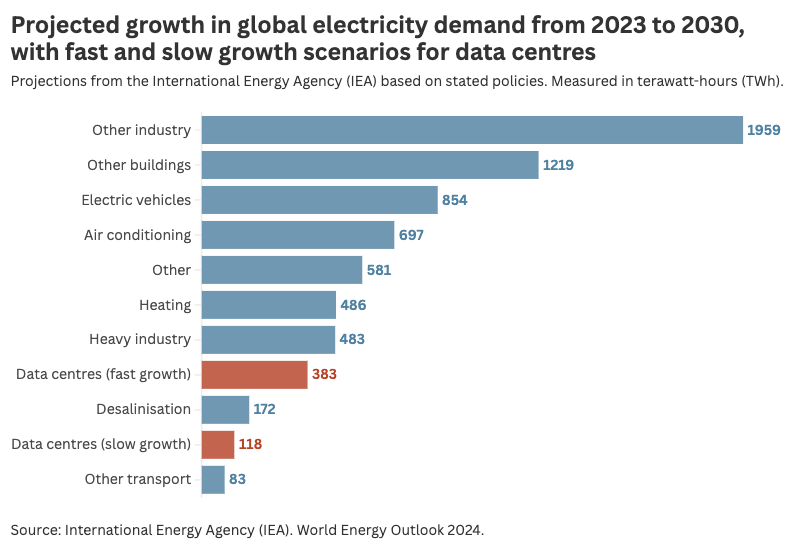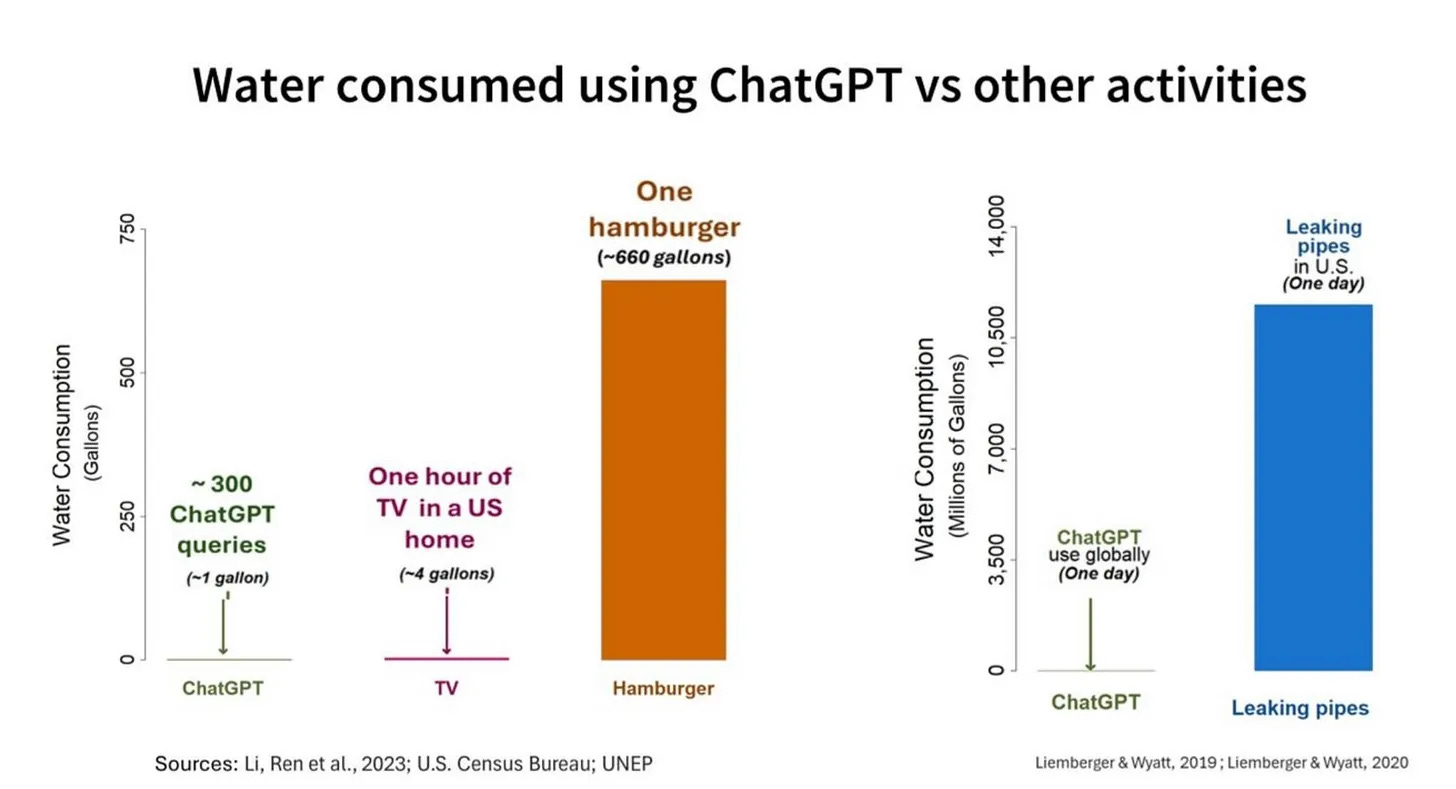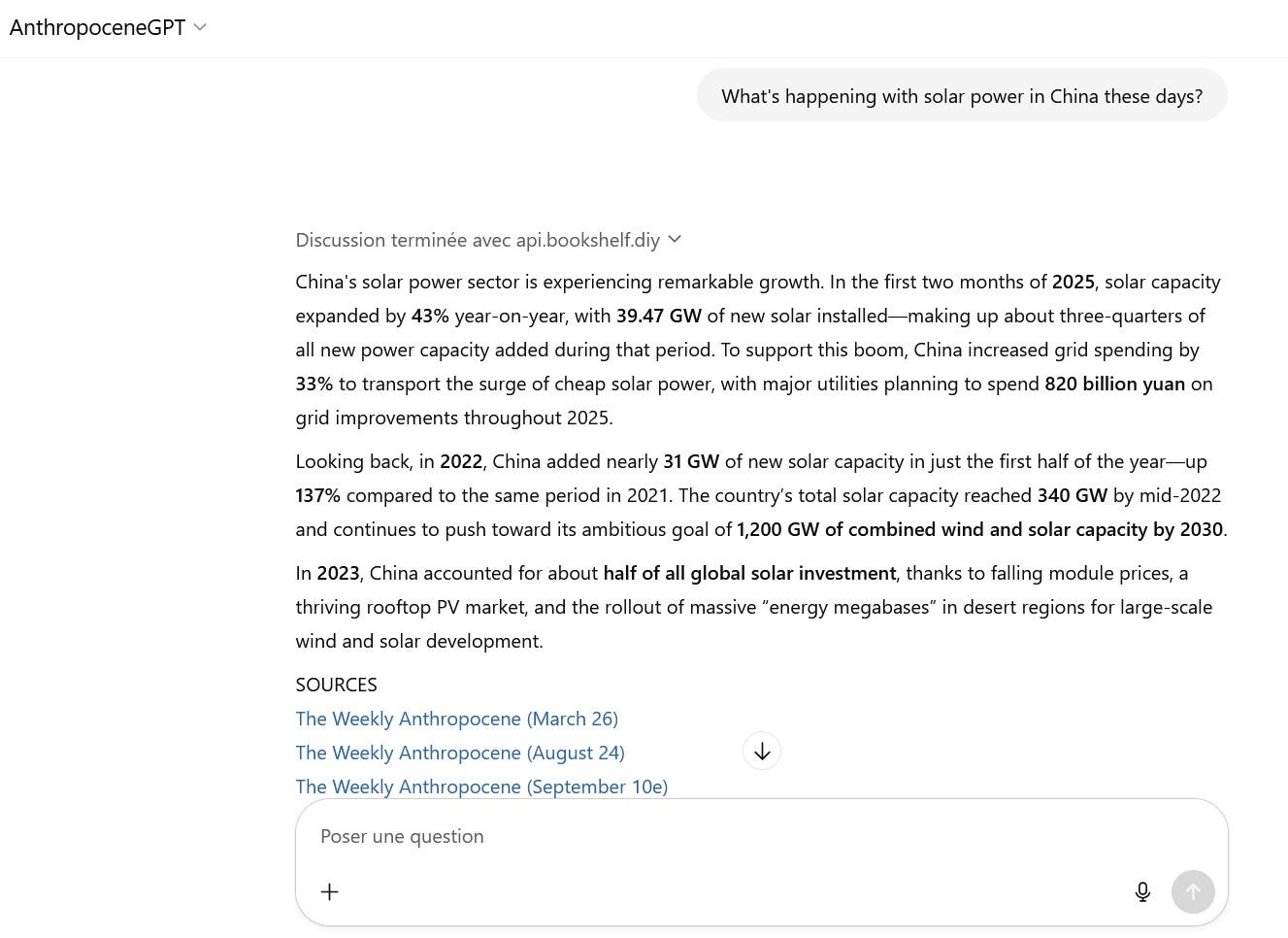The Background
I’ve been observing the global “AI boom” in large language model (LLM) use with great interest — here’s my article on the subject — but I never really considered using it in connection with this newsletter beyond the odd AI-generated image or two. I love writing, I strongly distrust LLM-generated “hallucinations” which may be inherent to the stochastic “no sense of reality” nature of the technology, and I think my work provides unique “making sense of the world” value that inherently depends on a certain human-visualized prioritization and contextualization which an LLM can’t match — yet.
Then, I was contacted by Sahil Kathpal on my LinkedIn. Sahil, based in Mumbai, previously made a Forbes 30 Under 30 Asia list for his co-invention of anti-fraud software used by the Indian Stock Exchange, and he’s now working on a new startup called Bookshelf. It offers a unique form of ChatGPT wrapper — a software set-up that trains a custom GPT that refers exclusively on a newsletter’s archives and refusing to answer questions that aren’t covered there, avoiding the “hallucination” problem. Sahil offered to create a three-month free trial of Bookshelf for me as a sort of mutual experiment, to see what value could be had in making an AI version of The Weekly Anthropocene that people could have a conversation with in natural language, asking questions to which the AI could collect answers from everything I’ve ever written here. In a way, it kind of automates the experience of having a live conservation with me, the writer, allowing a robotic “me” to talk to hundreds or thousands of people I’ve never even met in a more responsive way than static written text can achieve. And once it’s set up, I could just add Bookshelf as a subscriber for all future posts to keep feeding my articles to the LLM and building the knowledge base!
So we gave it a go. No money has changed hands: we’re just two ambitious young guys trying to create cool things, and we want to see if our cool things are complementary.
AI is rapidly becoming one of the major information technologies of our civilization. ChatGPT in particular may now have over 1 billion users — more than 10% of humanity. Political and religious actors are increasingly building custom LLMs to advance their viewpoints, and I worry that if the people I think of as “good guys” succumb to the temptation to treat LLMs as repulsive or “cheating,” they’ll fall critically behind in the information battlefields that more and more determine people’s worldviews. This technology is not something that a person trying to share important information can afford to ignore.
I feel ethically justified in setting up a ChatGPT interface for my newsletter, because while I do have a lot of serious misgivings about AI, they’re primarily around societal impacts which I don’t think would be relevant for a Bookshelf-style “newsletter-GPT.” I’m concerned for the long-term results of offering everyone an infinitely customizable sycophant, and depending on the details I might support legislation to limit the negative psychological impacts of social media and AI on children in particular. But one thing I’m not really concerned about is AI’s environmental impact, and that’s because all the credible data I’ve seen says that it’s relatively minor so far. Renowned data scientist Dr. Hannah Ritchie of Oxford and Our World in Data recently wrote a great Substack commentary for which she created a publicly available chart of an IEA forecast visualizing how data centers fit in with other fast-growing sources of electricity demand.
This other great article by Dr. Ritchie discusses AI energy impacts on an individual level. Spoiler alert: it’s tiny compared to most other stuff you probably do, including things like “using a microwave.”
The meme that ChatGPT poses a danger to water supplies is even more disconnected from the reality. LLMs do use a lot of energy and water in an absolute sense, but it’s not that much in a relative sense compared to the overall scale of human activity.
The Result
Sahil exceeded my expectations, creating “AnthropoceneGPT” in a matter of days. Here it is! The full link is https://chatgpt.com/g/g-6863d735b1c88191a1253f21deb300c2-anthropocenegpt .
Here’s a screenshot of asking it about solar in China.
Here’s a screenshot of asking it about jaguar conservation.
Here’s an example of asking it about Mumbai. (This one’s from an earliest-stage pilot trained only on my travel posts).
It takes a ChatGPT account to access, and works with either the free query-limited account or the paid unlimited-queries account. You then have to agree to let “api.bookshelf.diy” serve as a mediator, and it’ll produce a response complete with links to the newsletters of mine that the response is based on. As with any LLM, it may take some “prompt engineering” wordsmithing to get exactly what you want.
I’d love to hear your feedback, if any, and I’d prefer if you could share it in the comments of this article as my inboxes are already overflowing.
I don’t know how this experiment will turn out, but I’m excited to see what happens.
Feel free to play around with AnthropoceneGPT!










I'm surprised at the negative comments just because you're trying something new. It's an experiment that is possible because AI - a new tool for humanity to use - is now available. Please continue to exploring and following your curiosity - that's what got you here in the first place. I love what you're doing with The Weekly Anthropocene! Wishing you the best!
I'm extremely disappointed and cancelled my paid subscription. Rather like Earth Hope using terrible AI art, I find this move at odds with your message. It may use less energy than the microwave, but that feeds someone. This drive to use LLM for instead of existing solutions serves no purpose except to enrich tech billionaires further.